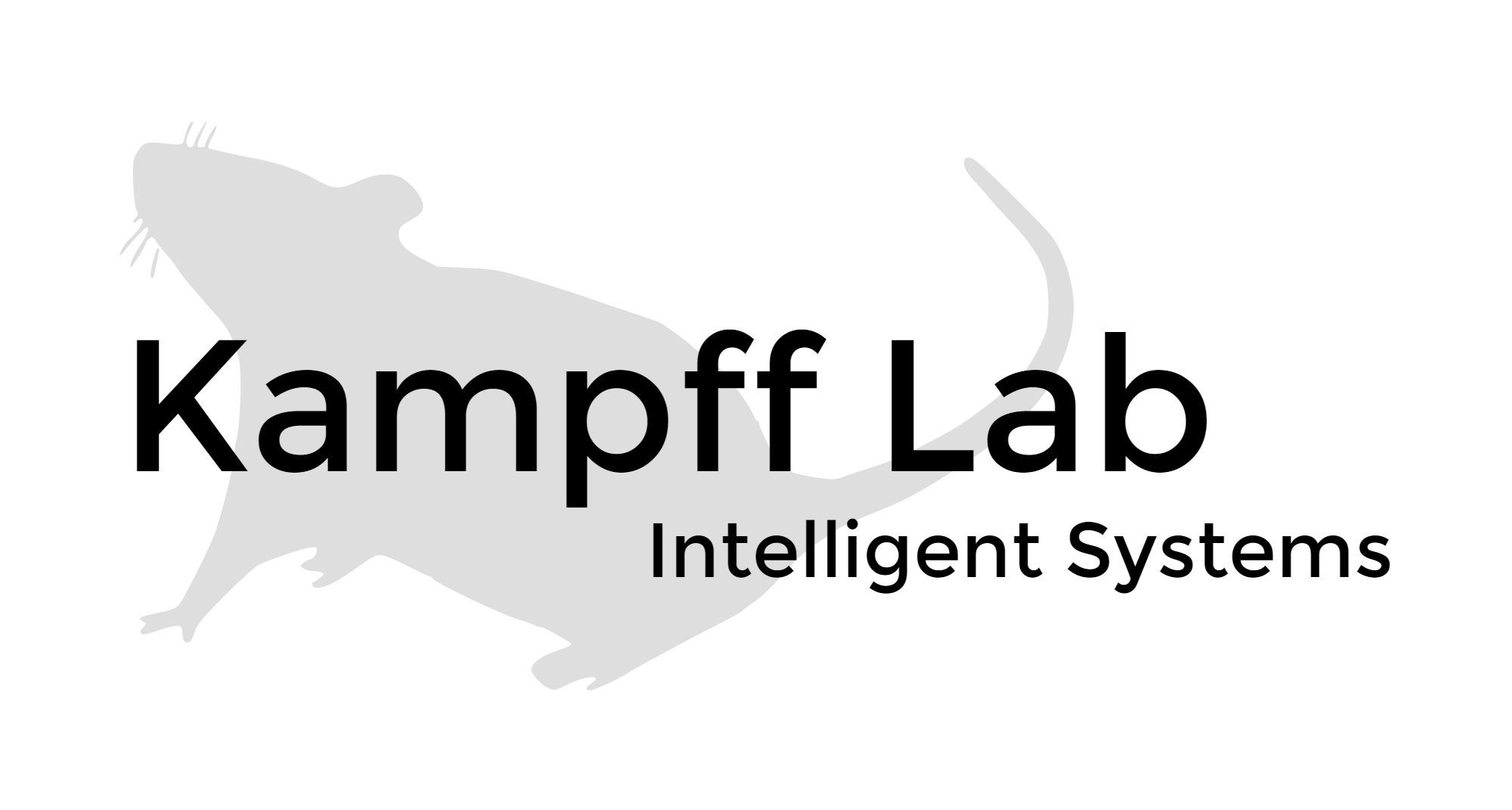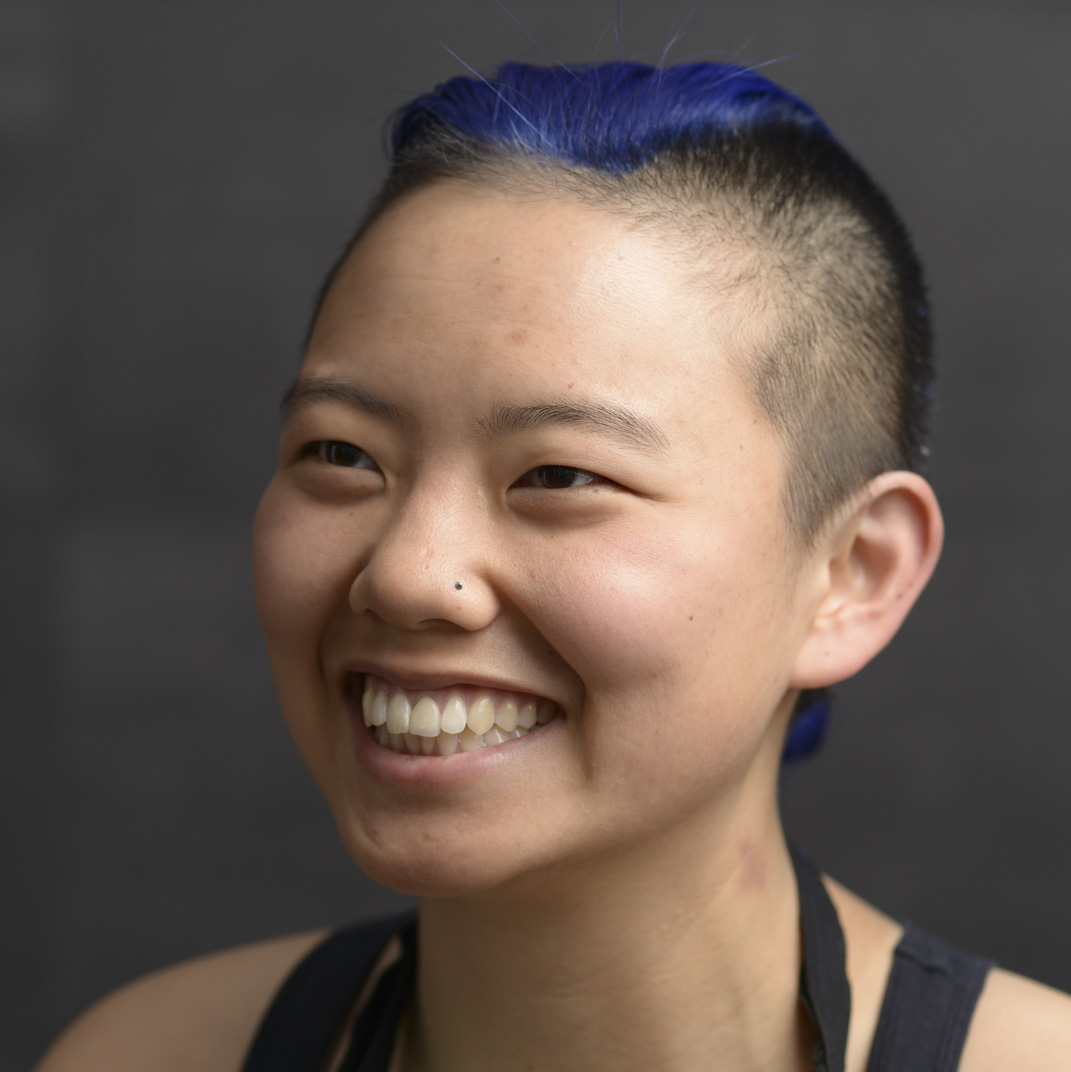This Dear Neuroscience event is themed around our senses of touch and proprioception, or our ability to know where our body parts are without actively looking at them - for instance, can you clap your hands with your eyes closed? For this event, we are excited to be working closely with physiologists, neurologists, and performance artists, largely enabled by a fantastic collaboration with the National Centre for Circus Arts. Other collaborators include NeuroGEARS and researchers from the MA Art and Science course at University Arts London.
This event was held on Friday, 24 May 2019, from noon to 5pm at the Sainsbury Wellcome Centre for Neural Circuits and Behaviour. We explored questions from YOU about our abilities to not only move, touch, and feel the world around us, but also to sense our own body’s movement and position in the world.
Note: PLEASE COME DRESSED FOR MOVEMENT, as many of our workshops involve active participation and movement.
EVENT SCHEDULE
12:00 PM
Performance - “Overstanding Upside-down: preparing for a future both on and off planet Earth”
Featuring James McCambridge and Sammy Dinneen
12:30 PM
Workshops - “Our mental models of our bodies and self”
- “Training the Body’s Mind” by Chrysanthi Avloniti, Maritina Keleri, and Anna Kritikou
- “Studying Balance on a Tightwire” by James McCambridge and Glen Stewart
- “Development of Posture and Our Mental Model of Our Own Bodies” by Jose M. Sanz Mengibar
2:30 PM
Performance - “Reaching Beyond the Body: feeling through objects”
Featuring Paul Miles, Gabriel Tansley, and Peter Williamson
3:00 PM
Workshops - “Extending our mental models into tools, props, and spaces”
- “How vision affects prop-manipulation skills” by Jules Cooke
- “An Allocentric view of movement: perspectival shifts in VR” by Michael Wagner, Alex Whitley, and Fiona Zisch
- “Architectural model-making” by Paul Miles and Gabriel Tansley
- “Hang out with a blacksmith and his tools” by Peter Williamson
- “How juggling can improve your range of motion” by James McCambridge, Jamie Moore, and Glen Stewart
5:00 PM
Closing and Acknowledgements
This event will be a festival-style gathering, with performances, interactive installations, small-group discussions, games, workshops, and more! Feel free to drop in for one or two activities or stay for the whole 5 hours. School groups and families are more than welcome!
Accessibility and Inclusion at our event
This event will be held on the ground floor and there is step-free access to the event space. While most of the event involves moving and standing, we also have chairs available for those who are not able to stand for long periods of time.
The event space itself is a large lecture theater, with flourescent lighting and high ceilings. Two of the walls in this space are floor-to-ceiling windows, one which faces out towards the street, and another which faces our front reception area. Please note that the temperature in this lecture theater is often colder than most other spaces in our building, so if you are prone to feeling cold please bring an extra layer. Public toilets are also on the ground floor, just across the front reception lobby from the lecture theater.
None of the performances or workshops will be using flashing/strobing lights, nor do we plan to have any sudden, loud noises. Background music for performances and workshops may be played on small portable speakers. Event attendees are also welcome to arrive 15-20 minutes early, if you would prefer to get settled into the event space before it gets crowded.
If you have any additional concerns or questions, please get in touch by emailing everymindonline@protonmail.com.
Event references
1984: Spatial Orientation in Weightlessness and Readaptation to Earth’s Gravity
“A novel set of sensory cues is produced by head movements in weightlessness.”
By Laurence R. Young, Charles M. Oman, Douglas G. D. Watt, Kenneth E. Money, and Byron K. Lichtenberg
2000: When Far Becomes Near: Remapping of Space by Tool Use
“An artificial extension of the patient’s body (the stick) caused a remapping of far space as near space.”
By Anna Berti
2001: Development of the Gravity Sensing System
“Only in the otolithic gravitational pathway has it been impossible to investigate the role of sensory deprivation, because there is no simple way to deprive the system of gravitational stimulation on Earth.” By Kenna D. Peusner
2004: The neural bases of complex tool use in humans
“Until very recently, our understanding of the brain mechanisms involved in representing complex tools and
their usage came exclusively from studies of brain-injured patients suffering from apraxia – a disorder of learned, voluntary actions, or skills.”
By Scott H. Johnson-Frey
2004: The body schema and multisensory representation(s) of peripersonal space
“Peripersonal space is defined as the space immediately surrounding our bodies. Objects within peripersonal space can be grasped and manipulated; objects located beyond this space (in what is often termed ‘extrapersonal space’) cannot normally be reached without moving toward them, or else their movement toward us.”
By Nicholas P. Holmes and Charles Spence
2012: When Up Is Down in 0g: How Gravity Sensing Affects the Timing of Interceptive Actions
“The unloading of the otoliths and other graviceptors when passing from hypergravity to 0g might therefore be sensed as negative gravity, i.e., a gravitational pull in the upward direction.” By Patrice Senot, Myrka Zago, Anne Le Se´ac’h, Mohammed Zaoui, Alain Berthoz, Francesco Lacquaniti, and Joseph McIntyre
2014: The development of vestibular system and related functions in mammals: impact of gravity
“The rapid acquisition of motor programming by precocial mammals in minutes after birth is consistent with this hypothesis, but the slow development of motor skills in altricial species and the plasticity of vestibular perception in adults suggest that gravity experience is required for the tuning of graviceptors.”
By Marc Jamon
2014: Neuronal bases of peripersonal and extrapersonal spaces, their plasticity and their dynamics: knowns and unknowns
“In other words, this network is proposed to sub-serve the representation and protection of near peripersonal space or safety margin around the body, with a specific emphasis on two vulnerable body parts, the head and the arm/hand unit.”
By Justine Cléry, Olivier Guipponi, Claire Wardak and Suliann Ben Hamed
2015: Peripersonal space in the brain
“These studies reveal how the brain links somatosensory information from our body to visual and auditory signals arising from objects in the space immediately around our body, using a bodypart-centered frame of reference, within a network of highly interconnected frontal and parietal regions that participate in the control of movements. While most studies on PPS (peri-personal space) have ignored social information and typically used non-biological stimuli in a neutral environment, there is currently great interest in understanding the mechanisms and neural underpinnings of how the presence of others affect our representation of the space around us.”
By Giuseppe di Pellegrino and Elisabetta Làdavas
Acknowledgements
“Dear Neuroscience” was conceptualized and organized by Danbee Kim, PhD candidate in the International Neuroscience Doctoral Programme.
Many thanks to the following collaborators who helped bring this concept to life:
| April Cashin-Garbutt | Communications Manager | Sainsbury Wellcome Centre |
| Helen Craig | Public Engagement Manager, School of Life and Medical Sciences | UCL Culture |
| Goncalo Lopes | Director | NeuroGEARS |
| Glen Stewart | Director of Training | National Centre for Circus Arts |
| Joana Neto | Post-doctoral Researcher | CENIMAT and Sainsbury Wellcome Centre |
| Lory Calcaterra | PhD Candidate | Intelligent Systems Lab |
| Lois Bentley, Maritina Keleri, Rose Mengmei Zhou | Postgraduate Researchers, Class of 2019 MA Art and Science | University Arts London, Central Saint Martins |
| Adam Kampff | Principle Investigator | Intelligent Systems Lab |
“Dear Neuroscience: Touch and Proprioception” is funded by the UCL Train and Engage Programme, and supported by the Intelligent Systems Lab and the Sainsbury Wellcome Centre for Neural Circuits and Behaviour.





Leave a Comment